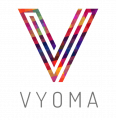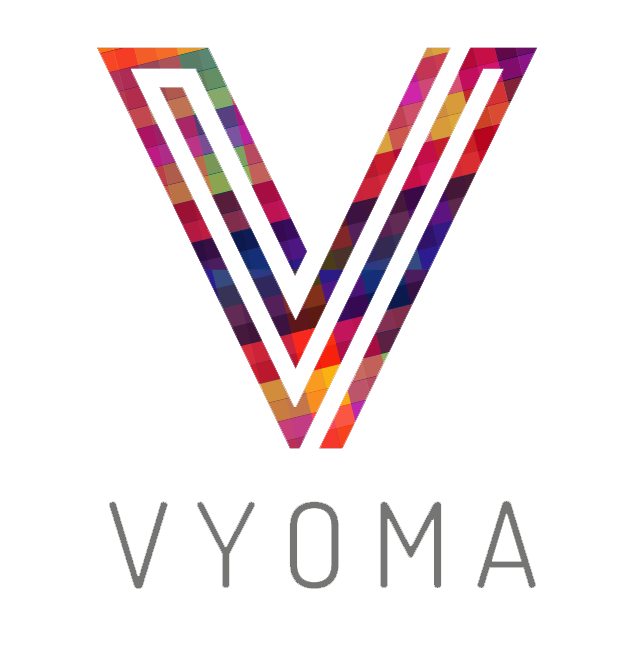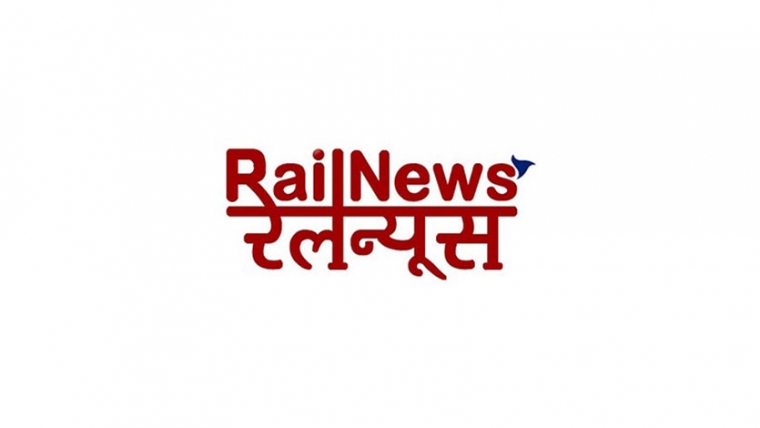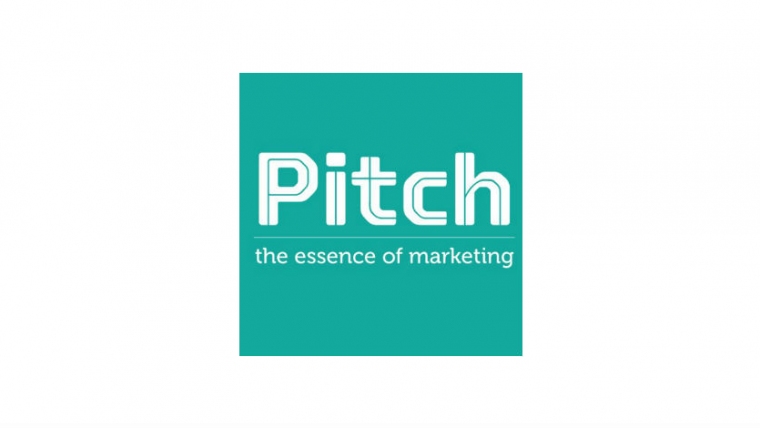Kansai Nerolac Paints has successfully turned conveyor belts at the baggage claim area of airports, into its own, animated, larger than life shade card (slash fan-deck) and people are talking about it online. The company did it as an outdoor act in which conveyor belts featured shades of paints offered by Nerolac while also carrying gifts for travellers.
Nerolac’s initial effort on these lines was conducted last year, during Diwali, at the Chhatrapati Shivaji Maharaj International Airport in Mumbai, on a single conveyor belt. The buzz generated encouraged the brand to craft a sequel. This year, the brand chose Netaji Subhash Chandra Bose International Airport in Kolkata and two conveyor belts; the unveiling coincided with Durga Puja. Max, BTL wing of DDB Mudra group has crafted the campaign. It ran for nine months in Mumbai and is set to run for the same timeline in Kolkata.
Indian airports, in general, including the baggage claim area, have been a hub for OOH ads with lots of digital displays etc. However, the conveyor belt, an animated and busy public amenity within this space has, for the most part, been untouched by advertisers.
Naturally, it begs the question – Why hasn’t the baggage conveyor belt space not been utilised before? Nerolac has done their due diligence and found this space to be quite beneficial to have repeated their campaign in another location this year.
Globally, brands have tried their hands at making the most out of airport conveyor belts in various ways.
Peeyush Bachlaus, GM – marketing, Kansai Nerolac Paints, says that the initiative is special and closer to the heart since it retained the brand’s concept of shades and colours while still allowing for a mass approach.
“We came across the conveyor belt while looking for ambient advertising and didn’t know if it could be used. Nobody had tried it here. While options like putting stickers around conveyors or using digital signboards at the airport were available, it took us a while to figure out the possibility and if this, as a media, could be bought at all. It was then included in our overall inspirational marketing activity for aiding the selection of shades.”
“A lot of today’s content is user-generated. We already had the digital propagation in our mind while planning it and only facilitated the positive content. When the previously unnoticed conveyor belt underwent a colourful change, it created conversations. With people mentioning us regularly, it has definitely given us a lot of positive visibility and brand love.”
So how heavy an investment was it?
“It doesn’t come cheap and wasn’t an easy investment or decision for us; we had to dwell upon it and think it through,” Bachlaus says.
He maintains that other than the monetary investment there was also the effort that went into preparation. Bachlaus adds, “Unlike overnight plans, it can’t be delivered quickly. There are two ways of outdoor activation, either utilising/innovating existing media or creating something new. This is the latter where the ideation, as well as the innovating in its execution, required huge efforts, time and patience. It took months of testing and trials. There were no existing methods for testing it; not with us, the airport authorities or even the involved vendors. Testing solutions stretched over a long period and we eagerly awaited the final outcome. It was a test of patience.”
The experiment went well…
“In such experimenting, either you have a damn good idea and know that it’s going to work or the ecosystem supports it and it works. Both worked in our favour. The idea had a positive vibe while discussing it internally and we took the leap of faith. My only concern was perfect implementation. When I saw the first render, I knew that this was the thing,” says Bachlaus.
“We did fail a lot. Even after implementation, there were challenges that had to be overcome. It was a learning experience and today, when we see people talking about it, it feels good,” he adds smiling.
Was it because of its experimental nature that you chose only one conveyor belt in one airport, the first time?
“We had little time, but we had to do it well and quickly. By the time we had the solution, we did not have time to include more airports. We went ahead with just one. Also, the conveyor belt designs vary from each other and from airport to airport. The solutions have to be individually tailored. The plates on the belts have to be wrapped one at a time, unlike any single part which could be pulled out, wrapped and reinstalled. The drill continues, till now, during the daily maintenance work,” says Bachlaus as he signs off.
Sanjay Shukla, CEO Max, BTL wing of DDB Mudra group says, “The idea stemmed from looking for a non-traditional media. The baggage belt presented us with the opportunity to showcase the entire shade card of the brand in an interesting manner. The number of planks on the belt is around 254 – just what we needed to show the range of colours by turning every plank into a shade.
“We were pretty sure that the media would break clutter and one spends a good amount of time at the baggage belt. However, we needed a ‘bang’ and did that through novel gifting during festivals. The baggage belt helped us reach many unique customers and has generated interesting queries. It created curiosity towards the brand while also generating great word-of-mouth. Thus, we continued our campaign,” he adds.
The challenge:
“The airport is a high-security zone. Thus, the work hours were pretty unearthly. In fact, we would get only graveyard-shifts to finish branding the area; just 3-4 hours late at night. But a little operational challenge goes in to make the job even more satisfying,” Shukla says.
Shukla also mentions that the success has encouraged the agency to explore more cities and the campaign might also make its way to Tier II cities in the coming years.
Industry speak:
Manish Bhatt, founder – Scarecrow M&C Saatchi, says, “The brand scores full marks for implementing the campaign, despite the challenges. It was a painful thing to execute, for sure. The encouragement for the idea is absolutely commendable.”
“However, there is a problem with the implementation. From a design perspective, it’s a 3D design with multiple dimensions and does not require Nerolac to be written on every corner. With too much branding, it’s overkill and a disastrous design idea. It killed the consumer’s inquisitiveness as to ‘who did it?’ Nobody does that, not in any medium,” he adds.
Shashank Sharma, VP, Products and Innovations, Vyoma Media, understands that the biggest pain point in OOH is the lack of attention. He says “The Nerolac act has clearly made it across that problem – the consumer concentrates on the media while waiting for their baggage and the attention period is huge, ranging from 3-15 minutes. Ideally, consumers come across three to four hundred brand communications daily and recall only 10 or 15 brands. So, identifying a place where a consumer spends 3-15 minutes and is deeply connected with the media, is great.”
Sharma does, however, maintain that the proposition cannot go on for long. Soon the idea will settle down and so will the conversation and chatter around it. “The brand has to keep it going with newer, continuous innovation and keeping it new every time,” he adds. Read More




